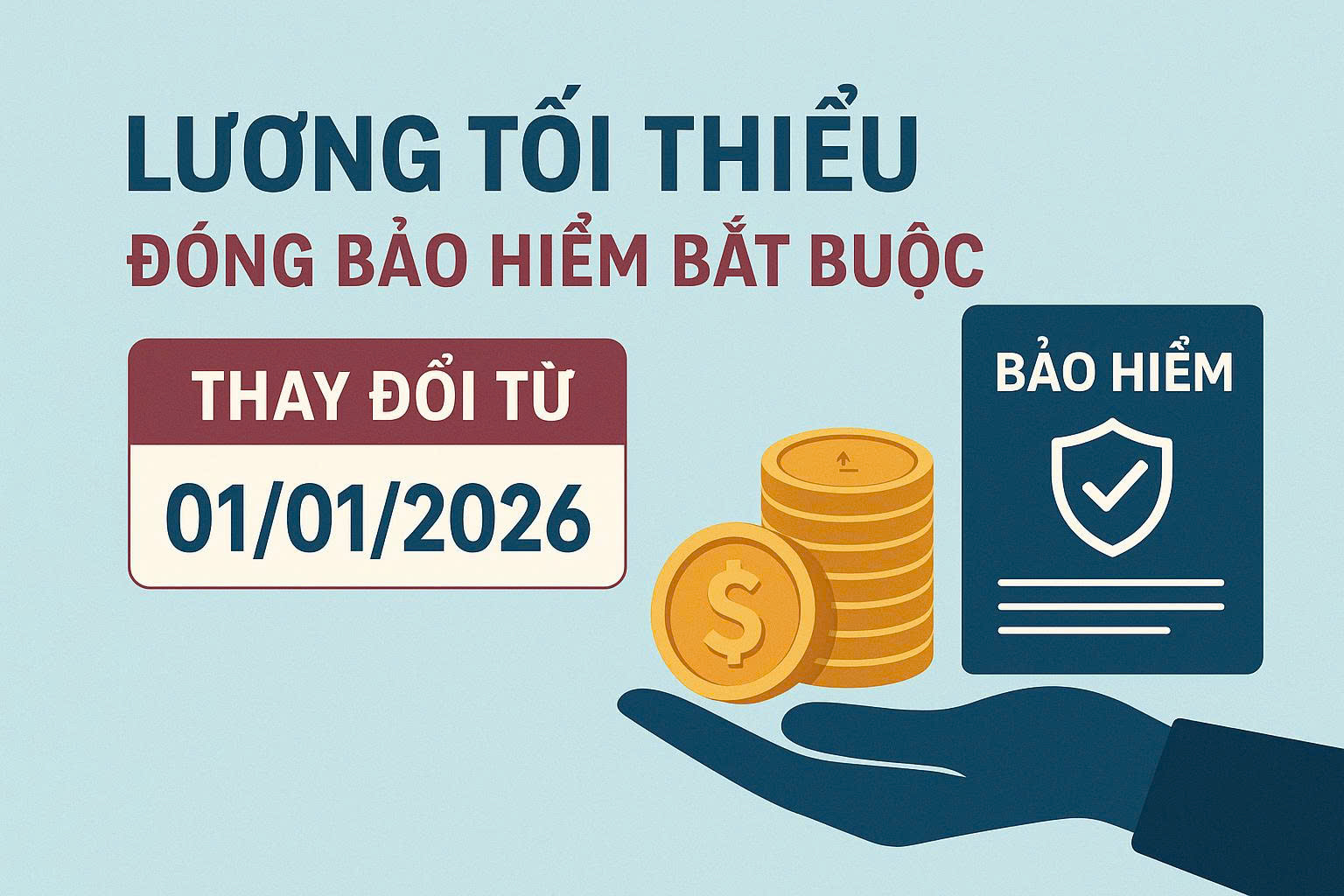1. What is a Savings Passbook/Savings Card?
Clause 1, Article 7 of Circular 48/2018/TT-NHNN clearly defines: “A Savings Card or Savings Passbook (hereinafter collectively referred to as the Savings Card) is a certificate confirming the ownership of a savings deposit by the depositor at a credit institution, applicable to cases where the savings deposit is accepted at a lawful transaction location within the operational network of the credit institution.”
Thus, when a deposit transaction takes place directly at the counter (a lawful transaction location), the Credit Institution (CI) is obligated to issue a confirmation certificate, which is the Savings Card/Savings Passbook, to verify the depositor’s ownership of the funds.
2. Transaction Procedure and Location
The regulations regarding transaction procedures and locations further reinforce the direct nature of the passbook issuance:
- Article 12 of Circular 48/2018 stipulates the procedure for depositing savings at the credit institution’s transaction location. Accordingly, it requires the depositor to personally come to the transaction location and present documents for information verification.
- Article 8 of the same Circular governing the location for receiving and paying savings deposits also clearly states: The credit institution shall conduct the receipt and payment of savings deposits at a lawful transaction location, except for transactions conducted via electronic means.
The requirement for the depositor to conduct the transaction in person and present identification documents indicates this is the traditional method of depositing funds. When this procedure is completed at the transaction counter, the Credit Institution must fulfill its obligation to issue the certificate or Savings Passbook as defined in Clause 1, Article 7.
3. Mandatory Contents of a Savings Card
Pursuant to Clause 2, Article 7 of Circular 48/2018, a Savings Card must contain at least the following contents:
- Name of the Credit Institution (CI), seal; full name and signature of the teller and of the lawful representative of the CI.
- Personal information of the depositor.
- Savings Card number, amount, deposit date, interest rate, and method of interest payment.
- Provisions for handling cases of lost Savings Card.
The seal and signature of the teller are particularly important contents. This confirms that the Savings Card is a legal instrument issued and authenticated directly by the Credit Institution at the transaction counter.
Therefore, under Circular 48/2018/TT-NHNN, when a depositor (meeting the conditions for a depositor in Article 3) performs the savings deposit procedure at the transaction counter (a lawful transaction location of the CI), they shall be issued a Savings Card/Savings Passbook directly. This Savings Card is a physical certificate, bearing all the authenticating elements (signature and seal) confirming the customer’s ownership of the deposited amount.
4. Legal Consultation Hotline
If you have any further inquiries or require legal advice from a lawyer, please contact our Hotline at +84 978 333 379 for consultation. Thank you sincerely!



























